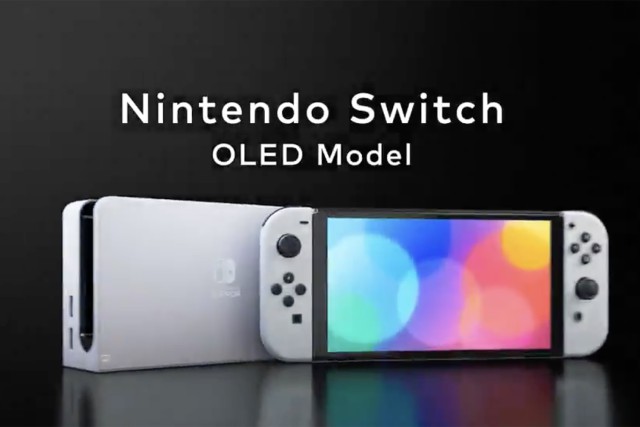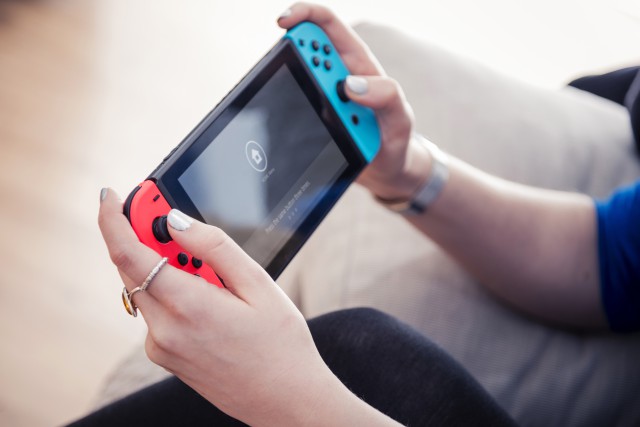Display and Design
The main selling point of the Nintendo Switch OLED is its OLED screen, offering higher contrast and more vivid colors compared to the original LCD screen. The OLED screen is also roughly an inch larger than the original screen, providing a more immersive gaming experience.
Performance and Graphics
Both the Nintendo Switch and OLED Switch offer the same performance and graphics quality, with a resolution of 720p in handheld mode and 1080p in TV mode. The only internal improvements in the OLED Switch are built-in storage and speakers.
Games
Both versions of the Switch support the same games, with no exclusive titles for either model. Most games come in physical cartridges, but some are digital-only.
Storage
The original Nintendo Switch comes with 32 GB of internal storage, while the OLED Switch doubles that with 64 GB. Consider your gaming habits and whether you need the extra storage, especially if sharing the device with others.

Battery Life
Despite OLED screens typically using more power, both versions of the Switch offer the same battery life. Expect anywhere between four to nine hours on a single charge, with battery life decreasing over time.
Bonus Features
The Switch OLED's dock includes a built-in LAN port for direct Ethernet connection, which can be beneficial for households with poor Wi-Fi. In comparison, the original Switch requires a separate adapter for Ethernet connections.
Price
The original Nintendo Switch is priced at £259.99/$299.99, while the Nintendo Switch OLED costs £309.99/$349.99. Consider the features and your budget when deciding between the two models.








